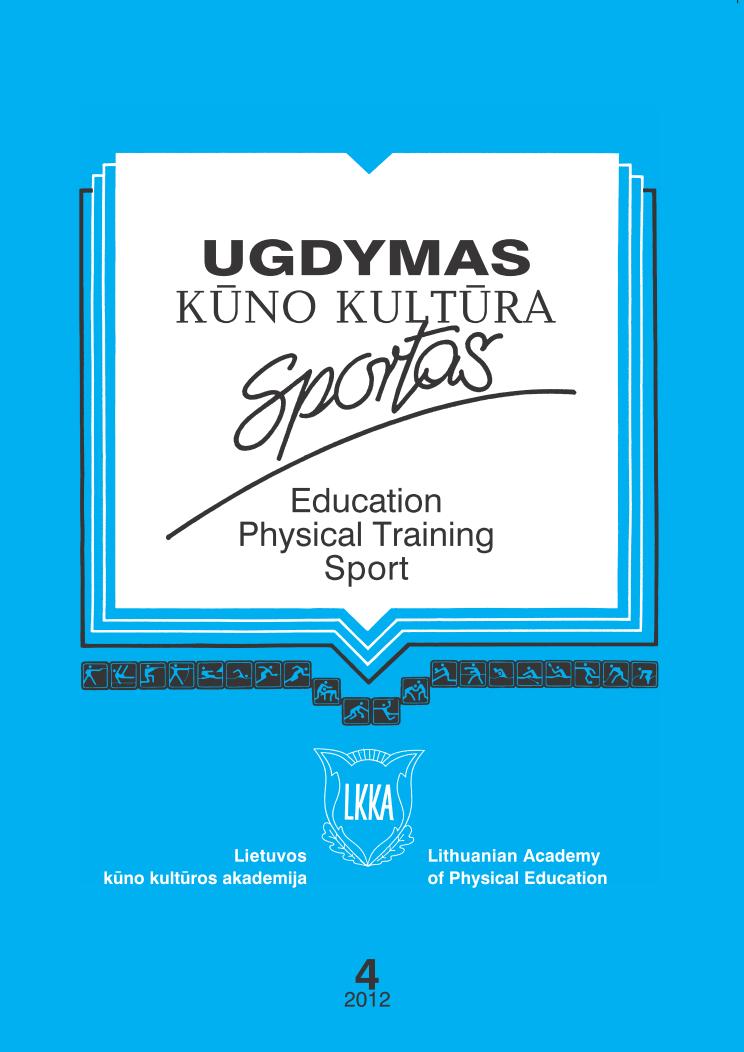Modeling of an Observation Checklist of Motor Behavior
Abstract
Research background and hypothesis. The study started with the hypothesis that direct observation of a child
could be used as part of assessment of various internal problems. The results of recent observational studies on
depressed children show that explicit behavioral symptoms of depression, such as psychomotor agitation, can be
systematically observed during standardized procedures.
Research aim. The aim of the study was to construct a checklist of motor behavior for children aged 11–12 years
with internal problems.
Research methods. Items for the checklist were recorded from DSM-IV and ISD-100. Children of 11–12 years
(n = 75) were videotaped whilst participating in physical education lessons. Achenbach’s Child Behavior Checklist
(Youth Self-Report for Ages 11–18 (YSR) and Teachers’ Report Form for Ages 5–18 (TRF)) were applied to the
sample as well. The results from YRS and TRF were used for the development of validity statistics. Reliability
statistics was calculated as well.
Research results. The 14 statements were selected for the development of observation of motor behavior for
children with internal problems. Result showed that the internal consistency (Cronbach’s α = 0.79) and reliability
(ICC = 0.81) of the checklist were good. The insignificant result of dispersion among the observer group (F = 7.233,
(df = 4) p = 0.423) showed that the observers agreed when assessing children.
Discussion and conclusions. The instrument will be useful in screening children with possible internal problems
and assisting in intervention planning aimed at influencing motor behavior. The study has a number of limitations –
the sample is too small, the more extensive check of validity and reliability is required.
Keywords: observation, internal problems, protocol of motor behavior, validity, reliability.






